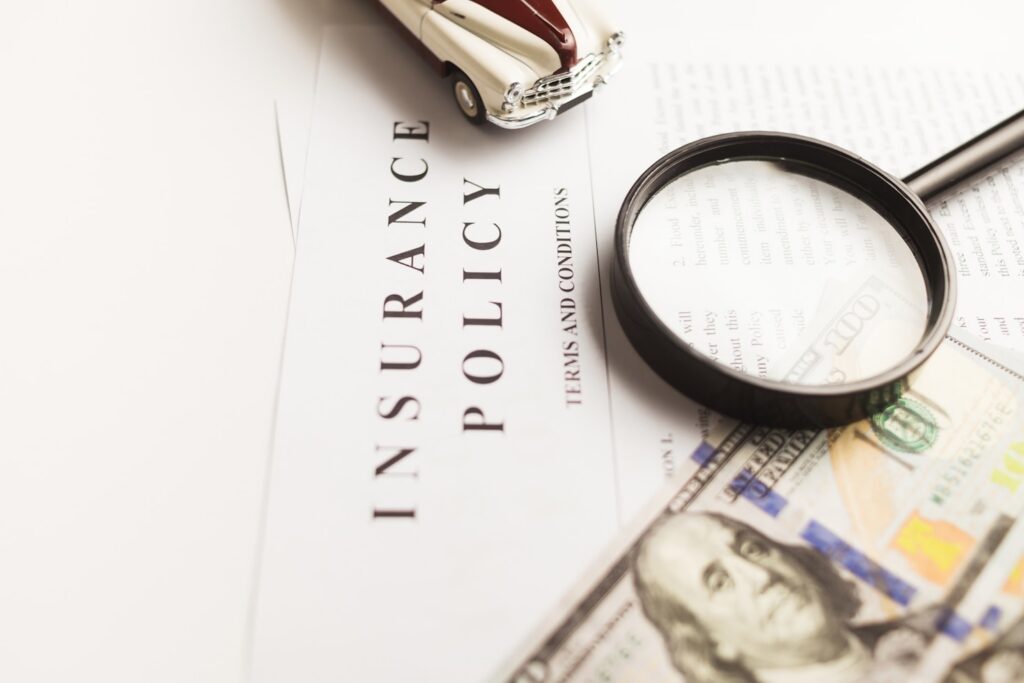Life insurance is something most people know they should have—but don’t always understand. The moment you start researching policies, you’re hit with a wave of terms: term life, whole life, universal life, cash value, premiums. It’s enough to make anyone close the tab and put it off for another day.
But life insurance doesn’t have to be confusing. In fact, once you understand the main types and how they work, choosing the right policy becomes much easier—and a lot less intimidating.
Let’s walk through the essential types of life insurance so you can feel confident in making a choice that fits your needs, your goals, and the people who depend on you.
“The more you know, the less you fear.” – Marie Curie
Why Life Insurance Matters
At its core, life insurance is about one thing: protection. It’s a safety net for your loved ones in case something happens to you. Whether you’re a parent, a homeowner, a business owner, or simply someone who wants to leave behind financial security, the right policy can mean the difference between peace of mind and financial hardship for your family.
But not all life insurance policies are created equal. Some are designed for short-term needs, others for lifelong coverage. Some are simple and affordable, others more complex with built-in savings or investment components. Understanding these differences is the first step toward making the right choice.
The Basics: Term vs. Permanent Life Insurance
ll life insurance falls into two broad categories: term and permanent.
Term life insurance is straightforward. It covers you for a set period—like 10, 20, or 30 years. If you pass away during that term, the policy pays out a lump sum to your beneficiaries. If you outlive the policy, it simply expires. Because of its simplicity, term life is typically the most affordable option. It’s a popular choice for young families, new homeowners, or anyone wanting strong coverage without a high monthly cost.
Permanent life insurance, on the other hand, is built to last your entire life. As long as you pay your premiums, your coverage doesn’t expire. It also includes a cash value component that grows over time and can be borrowed against. Permanent insurance comes in different forms, each with its own features and complexities.
Whole Life: Long-Term Security with Simplicity
Among permanent policies, whole life insurance is the most traditional. It offers fixed premiums, guaranteed death benefits, and a cash value that grows at a predictable rate. Many people like the stability of whole life—it’s easy to understand and doesn’t require much management once it’s in place.
The trade-off? It costs more than term insurance—sometimes significantly more. But for those looking for lifelong coverage, estate planning tools, or a tax-advantaged savings vehicle, whole life can be a smart investment.
Universal Life: Coverage with Flexibility
If you want more control over your policy, universal life insurance provides flexibility that whole life doesn’t. You can adjust your premium payments and even your death benefit (within certain limits), and the cash value earns interest based on market rates or a minimum guaranteed return.
This flexibility makes universal life appealing for people whose income or financial needs may change over time. But with greater control comes greater responsibility—it’s important to actively manage the policy to make sure it stays funded and doesn’t lapse.
Variable Life: Investing Within Your Insurance
For those who are comfortable with risk and want to pair their life insurance with investment growth, variable life insurance is worth exploring. With this type of policy, your cash value is invested in sub-accounts similar to mutual funds. The better your investments perform, the more your policy grows—and potentially, the more your beneficiaries will receive.
However, if the market underperforms, your cash value (and even your death benefit) could decrease. Because of its complexity and risk, variable life insurance is best suited for those with a solid understanding of investments.
Final Expense Insurance: Small Policy, Big Peace of Mind
Not everyone needs a large policy. For many—especially older adults—life insurance is simply a way to ensure their family isn’t burdened with funeral costs or small debts. That’s where final expense insurance (or burial insurance) comes in. These policies are easy to qualify for, with modest coverage amounts typically ranging from $5,000 to $50,000.
It won’t replace income or fund a child’s education, but it can relieve your loved ones of one more stress during a difficult time.
How to Choose the Right Type for You
The best life insurance policy is the one that meets your needs—not just today, but years down the road.
• If you need affordable, straightforward protection for a specific period, term life is likely your best bet.
• If you want lifelong coverage with guaranteed savings, whole life offers predictability and security.
• If you value flexibility and are comfortable managing your policy, universal life provides adjustable coverage.
• If you’re investment-minded and want potential growth, variable life adds a market-driven dimension.
• And if your only concern is covering end-of-life costs, final expense insurance may be exactly what you need.
Final Thoughts
Life insurance isn’t just a financial product—it’s a promise. A promise that your loved ones will be taken care of, no matter what. Understanding the different types of life insurance empowers you to make that promise with clarity and confidence.












